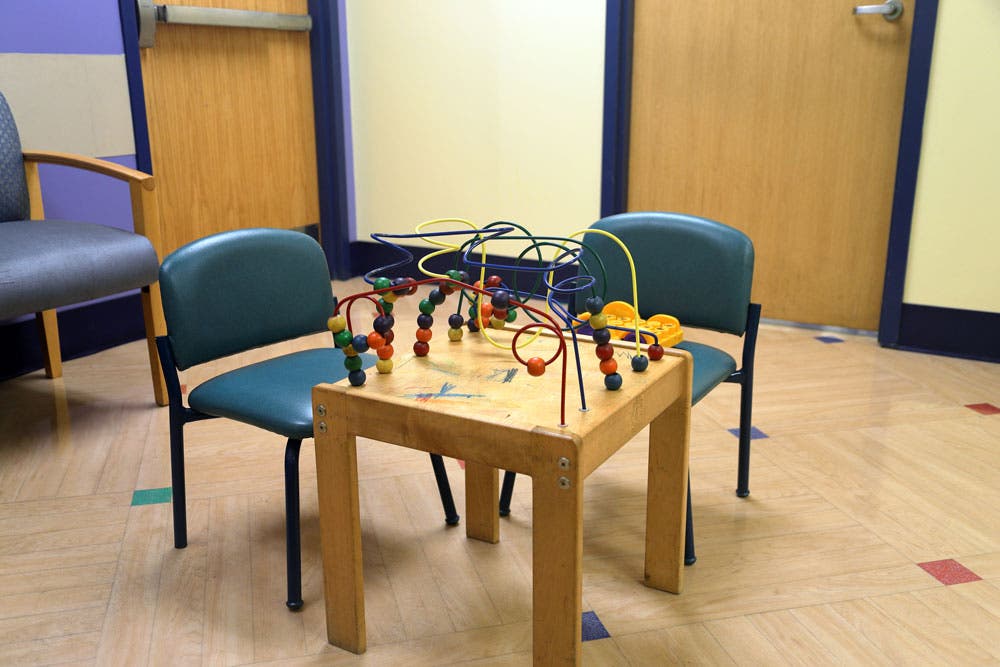Play has an important role in the healthy development of children. While toys are often the instruments of play, they can also be instruments of disease transmission. It is not uncommon to find toys in waiting areas of healthcare settings, especially in pediatric areas, and these toys can become contaminated with pathogens. The last thing a healthcare worker wants is to spread disease — yet this could very well be the case if those toys are not cleaned and disinfected appropriately.

What can we do to prevent the disease transmission from toys?
- We should offer only appropriate toys. Plush or soft toys and toys that can retain water (e.g., bath toys) should not be permitted. If plush or cloth toys are allowed, they should be given to the child to take home. According to the Association for Professionals in Infection Control and Epidemiology (APIC), “Toys should be nonporous and able to withstand a rigorous mechanical cleaning.”1
- Keep hand sanitizer nearby and encourage its use before and after playing with the toys.
- Protocols should be in place for the cleaning and disinfection of toys. Such a protocol should clearly outline who cleans the toys, when they are to be cleaned, and how they are to be cleaned.
- Soap and water can be used to clean the toys (e.g., dishwasher on hot water setting). Cleaning should be followed by a disinfection step using an EPA (Environmental Protection Agency)-registered disinfectant and allowed to air-dry. As an alternative, a one-step cleaner/disinfectant may be used for toys that are not visibly soiled. Because any toy can be mouthed by a child, a best practice is to rinse with potable water after disinfection.
- Clean toys should be kept separated from dirty toys. Consider a bin where toys can be placed after each use for later cleaning. We recommend cleaning after each use (e.g., after each child). Toys observed to have come into contact with patients’ mucous membranes (e.g., mouthed) should be removed from circulation immediately. Such toys should be cleaned and disinfected according to the protocol outlined above before returning to use.
- For those large, stationary “toys” such as climbers, activity tables and playhouses, APIC recommends that they are cleaned and disinfected at least daily.1
As with all items in a waiting room, consider more frequent cleaning of toys during periods of community outbreaks such as influenza or norovirus. The implementation of these guidelines will help in reducing the spread of infections while ensuring that toys remain instruments of fun rather than sources of infection.
1West, K., Nyquist, A., Bair, T., Berg, W., Spencer, & S. (2016). Pediatrics. In: Grota P, et al, eds. APIC Text Online. 2019. Available with subscription at http://text.apic.org/toc/infection-prevention-for-specialty-care-populations/pediatrics. Accessed March 28, 2019.






